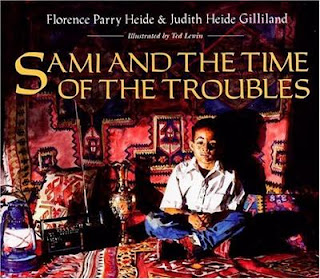By: Whitney Stewart
Walt Disney was a creative and mischievous boy growing up. Walt grew up with innovative ideas and collected money to create Disneyland by first showing cartoons on television. In addition to being the creator of Mickey Mouse, he was also ambulance drive in France during World War I.
 This chapter book tells about Walt Disney’s life growing up and gives a lot of interesting facts that students normally would not know without any type of research. This book is part of a series of biographies that include; Anne Frank, Harriet Tubman, King Tut, Neil Armstrong, and many more. I would use these series to give my students their own choice of what historical person they would like to research. After reading this book and finding additional resources, the students would create a PowerPoint presentation to share what they learned with the class.
This chapter book tells about Walt Disney’s life growing up and gives a lot of interesting facts that students normally would not know without any type of research. This book is part of a series of biographies that include; Anne Frank, Harriet Tubman, King Tut, Neil Armstrong, and many more. I would use these series to give my students their own choice of what historical person they would like to research. After reading this book and finding additional resources, the students would create a PowerPoint presentation to share what they learned with the class.


